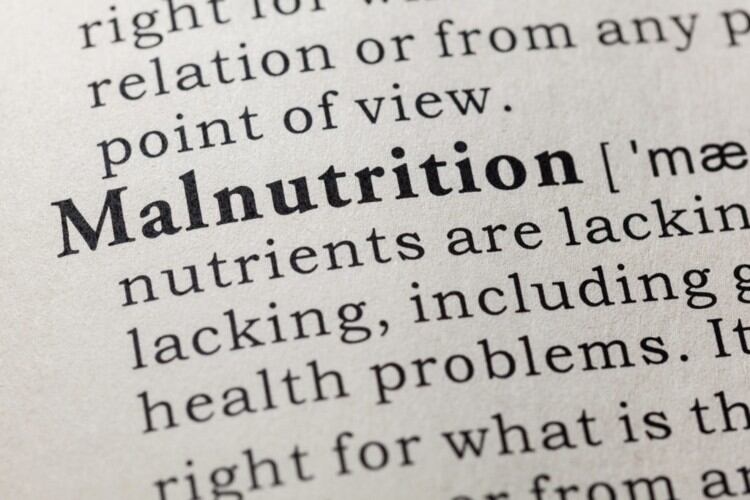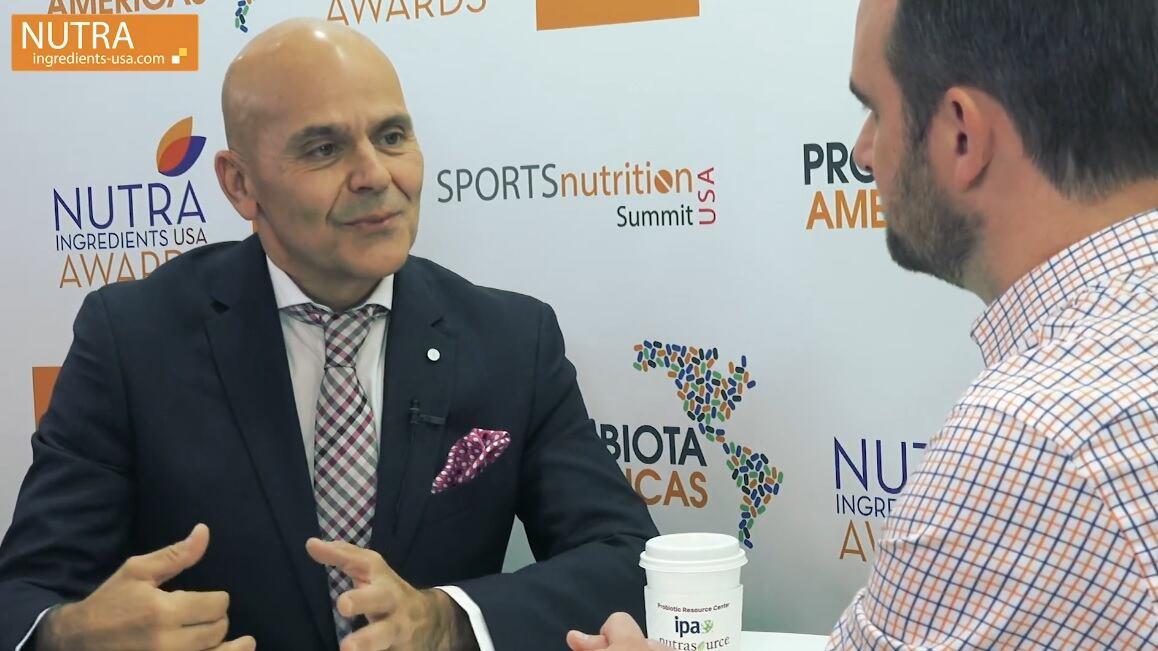Writing in the journal Science Translational Medicine, researchers from MIT describe the new way to fortify staple foods with the micronutrients like iron and vitamin A by encapsulating them in a bio-compatible polymer that prevents the nutrients from being degraded during storage or cooking.
The new encapsulation system address issues with preservation that have plagued previous nutrient delivery approaches, such as fortified foods, and could help treat micronutrient deficiencies in developing countries, said the team led by Professor Robert Langer of MIT.
Indeed, the team noted that although fortification of food can help treat deficiencies, traditionally there have been issues with the success of such strategies since heat used during cooking and other issues with storage conditions can degrade vitamins and result in poor absorption when the foods are eaten.
However, the small clinical trial showed that women who ate bread fortified with encapsulated iron using the new delivery system were able to absorb iron from the food.
"We are really excited that our team has been able to develop this unique nutrient-delivery system that has the potential to help billions of people in the developing world, and taken it all the way from inception to human clinical trials," said Langer, who is the David H. Koch Institute Professor at MIT and a member of MIT's Koch Institute for Integrative Cancer Research.
Nutrient deficiencies: A global issue
Globally, around two billion people suffer from deficiencies of key micronutrients like iron and vitamin A – with two million children reported to die from these deficiencies every year.
Study co-author Ana Jaklenec noted that a lack of vitamin A is the world's leading cause of preventable blindness, and it can also impair immunity, making children more susceptible to diseases such as measles.

Meanwhile, iron deficiency can lead to anaemia and also impairs cognitive development in children, which she said can contribute to a ‘cycle of poverty.’
"These children don't do well in school because of their poor health, and when they grow up, they may have difficulties finding a job, so their kids are also living in poverty and often without access to education," she commented.
Earlier this year a United Nations (UN) report said progress made on eradicating malnutrition has been too slow to achieve 2025 and 2030 global nutrition targets, as Africa and Asia continue to bear the brunt of food insecurity.
Commenting at the time, World Food Programme (WFP) chief economist, Arif Husain highlighted the significance of nutrition for children, warning that a ‘weak start’ for the next generation can only worsens the problem of hunger.
“If you’re not nourished in the first 1,000 days of your life — from conception to your second birthday — you never achieve your full productivity,” he said. “Or at least, it’s very difficult … you’re talking about a marginalised next generation.”
The fortification conundrum
The team set out to develop new technology that could help with efforts to fortify foods with essential micronutrients.
"What's been shown to be effective for food fortification is staple foods, something that's in the household and people use every day," commented Jaklenec. "Everyone eats salt or flour, so you don't need to change anything in their everyday practices."
However, the team noted that simply adding vitamin A or iron to foods doesn't work well. For example, vitamin A is very sensitive to heat and can be degraded during cooking, whilst iron can bind to other molecules in food, giving the food a metallic taste.
To overcome that, the MIT scientists looked to find a way to encapsulate micronutrients in a material that would protect them from being broken down or interacting with other molecules, and then release them after being consumed.
Protective microparticles: A new solution?
Led by first researcher Aaron Anselmo, the Gates Foundation backed team tackled this conundrum obstacle by creating and testing heat-stable microparticles, which consist of a pH-sensitive material that can encapsulate up to four micronutrients at once.
They tested around 50 different polymers before settling on one known as BMC – a polymer that is currently used in dietary supplements, and in the United States it is classified as GRAS (generally regarded as safe).
Using this polymer, the researchers showed that they could encapsulate 11 different micronutrients, including zinc, vitamin B2, niacin, biotin, and vitamin C, as well as iron and vitamin A.
They also reported that the encapsulation particles, which are slightly larger than the diameter of a human hair, can encapsulate combinations of up to four of the micronutrients together and could shield nutrients from environmental factors like heat, light, moisture, and boiling water.
Indeed, tests in the lab showed that the encapsulated micronutrients were unharmed after being boiled for two hours, the team noted.
In tests with mice, the MIT scientists found that the particles broke down in the stomach as expected, and the released nutrients travelled to the small intestine where they were absorbed.
However, initial tests in 20 humans suggested lower bioavailability, which were then optimised through a series of tests with human intestinal models.
"Reformulation of the microparticles was possible because our platform was tuneable and amenable to large-scale manufacturing approaches," Anselmo says. "This allowed us to improve our formulation based on the feedback from the first trial."
The improvements boosted iron loading and bioavailability in a second trial involving 24 people, all of whom ate the nutrient-loaded microparticles in fortified wheat bread.
According to Jaklenec the next step is to try a similar study in a country where many people experience micronutrient deficiencies.
The team now working on gaining regulatory approval from the Joint Food and Agriculture Organization/World Health Organization Expert Committee on Food Additives. They are also working on identifying other foods that would be useful to fortify, and on scaling up their manufacturing process so they can produce large quantities of the powdered micronutrients.
"We were able to scale this process to kilogram levels and now we are working with industrial partners ... to produce on the order of metric tons," she said.
"I've eaten bread myself, and I think Bill Gates has, that has some of these [microparticles] in them and we're all doing fine," added Langer.
Source: Science Translational Medicine
Vol. 11, Issue 518, doi: 10.1126/scitranslmed.aaw3680
“A heat-stable microparticle platform for oral micronutrient delivery”
Authors: Aaron C. Anselmo, et al



